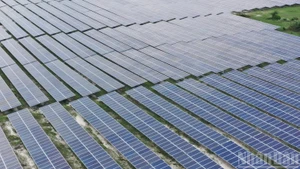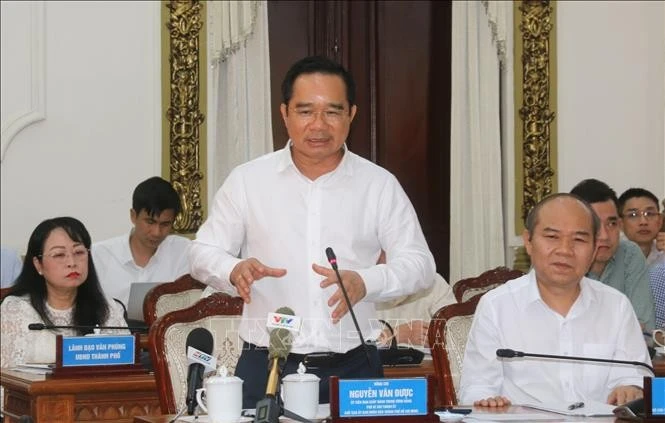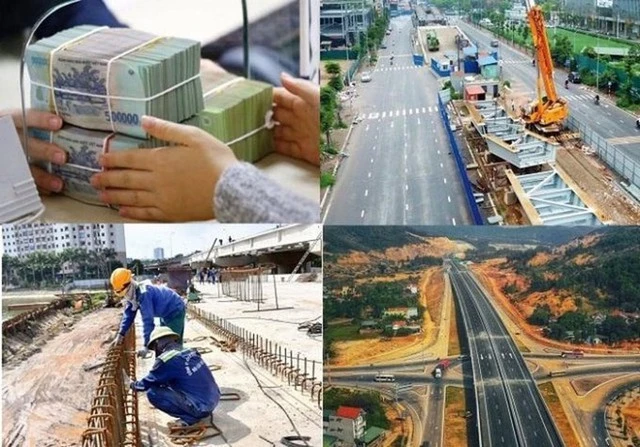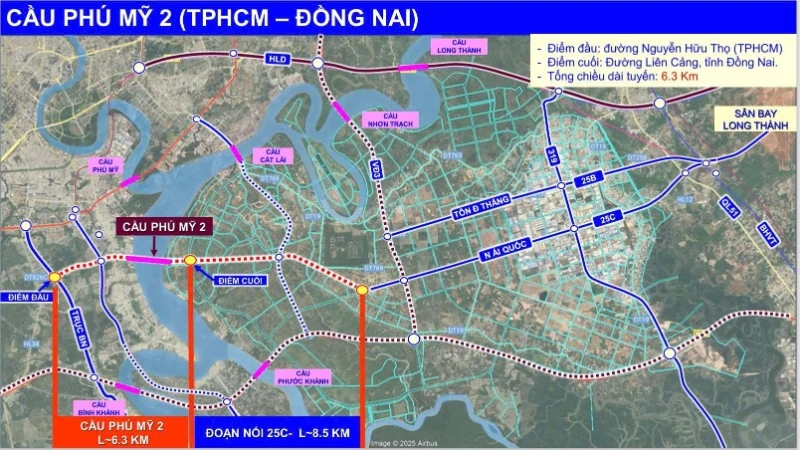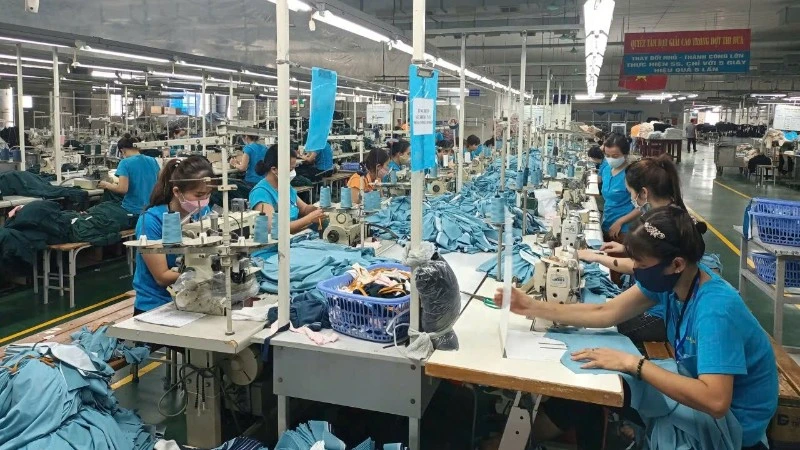According to the General Statistics Office, Vietnam's Gross Domestic Product (GDP) in 2024 exceeded the target (6.5-7%), with an estimated growth of 7.09% compared to the previous year. This growth rate was only lower than 2018, 2019, and 2022 within the 2011-2024 period.
Important premise
In the 2024 growth trend, merchandise exports were a key highlight, rising by 14.3%, largely supported by recovering consumer demand and shopping in major markets such as the US, the EU, and ASEAN. Foreign Direct Investment (FDI) continued to increase, serving as a bright spot that boosted production and exports, contributing to economic growth in 2024. The realised FDI capital in 2024 grew by 10.6% compared to the same period, significantly higher than the 5.4% increase in 2023. Investment showed an upward trend due to the recovery of exports and increased investor optimism in projects, reflecting strong confidence in Vietnam's business environment. Domestic consumption remained stable and played a crucial role in driving growth in 2024.
These results were achieved thanks to political and macroeconomic stability. The flexible and effective implementation of fiscal and monetary policies helped keep inflation under control within a safe range. Gradual reductions in policy interest rates provided a basis for lowering lending rates and supporting production. The business and investment environment continued to improve significantly, with various policies supporting enterprises and attracting foreign investment. Additionally, consumer stimulus measures, tax reductions, and tax deferrals played a crucial role in supporting businesses and individuals in production and consumption.
The successful signing of free trade agreements (FTAs) in previous years has created a strong foundation for Vietnam's exports to exceed set targets, reinforcing the country's position as an attractive destination for investment and manufacturing. Vietnam's export markets have become increasingly diverse, expanding beyond a few major partners to include emerging markets. The robust recovery of the tourism industry since the COVID-19 pandemic, with offerings such as ecotourism and experiential travel, has garnered significant attention from tourists. Additionally, the adoption of digital technology has played a crucial role in boosting labour productivity and expanding opportunities for small and medium-sized enterprises (SMEs), enabling them to access global markets more easily.
The positive results of 2024 serve as a crucial foundation for accelerating economic growth in 2025, aiming to achieve the highest possible targets in the five-year socioeconomic development plan during the 2021-2025 period. In Directive No. 140, issued on December 27, 2024, regarding the goal of achieving double-digit economic growth in 2025, the Prime Minister stressed the need for ministries, sectors, and localities to implement three strategic breakthroughs, six key tasks, and 12 major solutions effectively. Key priorities include strengthening traditional growth drivers—investment, consumption, and exports—while fostering new growth engines. The Government is committed to accelerating public investment disbursement from the beginning of the year, using public investment to lead and stimulate social investment and promote public-private partnerships. Efforts will also focus on expediting key transportation infrastructure projects to surpass the target of 3,000 kilometres of expressways by the end of 2025 and reach 5,000 by 2030.
Priority given to promoting growth
However, the economy still faces challenges such as continued global instability and unpredictability. The prolonged Russia - Ukraine conflict and tensions between Israel and the Middle East exert pressure on fuel prices. Trade protectionism, commercial competition, and weak foreign trade demand also impact Vietnam’s ability to access and expand markets. Although interest rates have cooled, they remain high, and financial difficulties among many businesses affect the economy's ability to absorb capital. Tightened credit policies and high lending rates make it difficult for businesses to access capital to maintain and expand production. Many small and medium-sized enterprises have been forced to close or downsize their operations.
To achieve the set goals, Nguyen Thi Huong, Director General of the General Statistics Office, proposed that the State Bank of Vietnam proactively implement a flexible monetary policy, stabilise exchange and interest rates, control prices and markets, and ensure major economic balances. She emphasised the importance of closely monitoring global developments, particularly the fiscal and monetary policies of Vietnam’s key trade and investment partners, and having timely response plans for arising situations. Additionally, she stressed the need for continuous updates on economic growth and inflation forecasts, ensuring prompt actions to maintain stability and drive economic growth in the coming year. It is also crucial to closely monitor price fluctuations of essential goods, especially fuel prices, and develop supply regulation plans to prevent sudden price spikes, minimising the impact on inflation and people's livelihoods.
Additionally, the Government needs to accelerate and create breakthroughs for new growth drivers by promoting a green economy, circular economy, e-commerce, and new business models. It should support businesses adopting and applying artificial intelligence, digital transformation, green transition, circular economy practices, low-carbon emissions, resource efficiency, and sustainable development (ESG). Furthermore, the promotion of green and environmentally friendly products should be strengthened. "Given the increasingly complex and unpredictable global landscape with numerous risks and uncertainties, Vietnam must continue to maintain macroeconomic stability, as this is a crucial foundation for achieving the expected growth targets".
At a conference on January 8 to review operations in 2024 and revise the 2025 tasks of the Government and local authorities, Prime Minister Pham Minh Chinh stressed the need to build upon and further improve the achieved and exceeded targets in 2025. He urged efforts to complete unmet targets to maximise the five-year plan (2021-2025).
Accordingly, priority will be given to promoting growth while ensuring macroeconomic stability, controlling inflation, and maintaining the major economic balances. Scenarios will be developed to achieve growth targets, focusing on revitalising traditional growth drivers (investment, consumption, and exports) while simultaneously fostering breakthroughs to drive new growth engines and advanced production forces (such as digital transformation, green transition, semiconductors, big data, artificial intelligence, the Internet of Things, cloud computing, optoelectronics, biomedical science, cultural industries, entertainment industries, clean energy, etc.). Policies will be formulated to create breakthroughs in mobilising social resources, effectively leveraging corporate resources, and strongly developing the private sector (with a goal for this sector to contribute approximately 65-70% of GDP).


